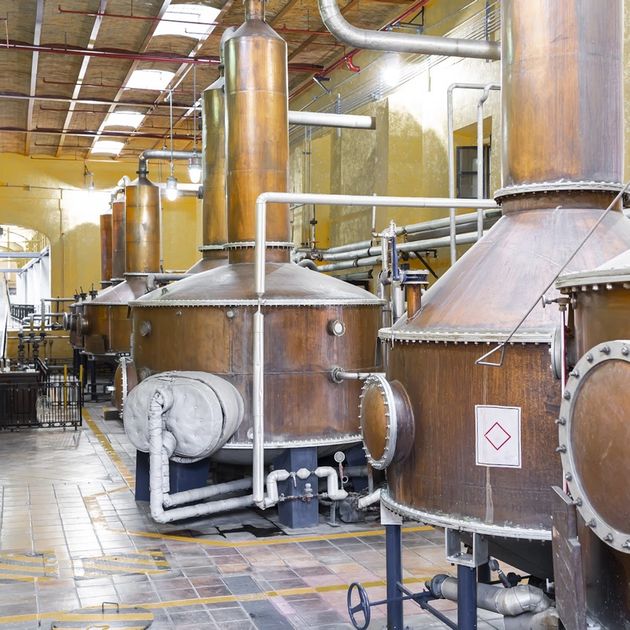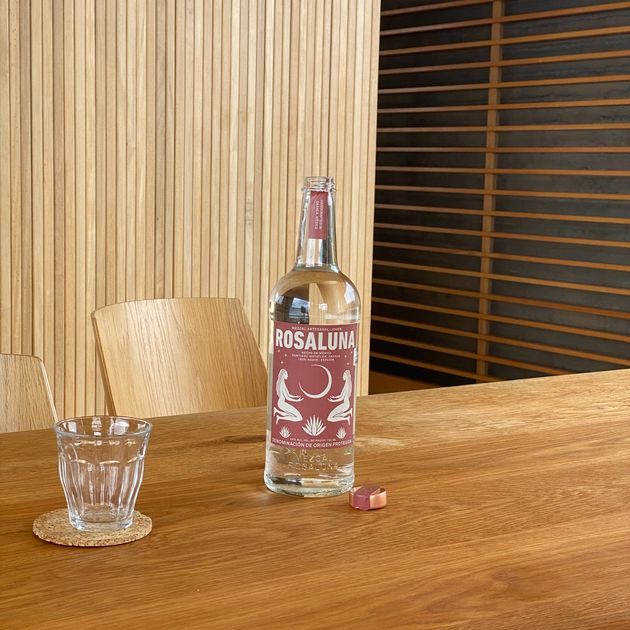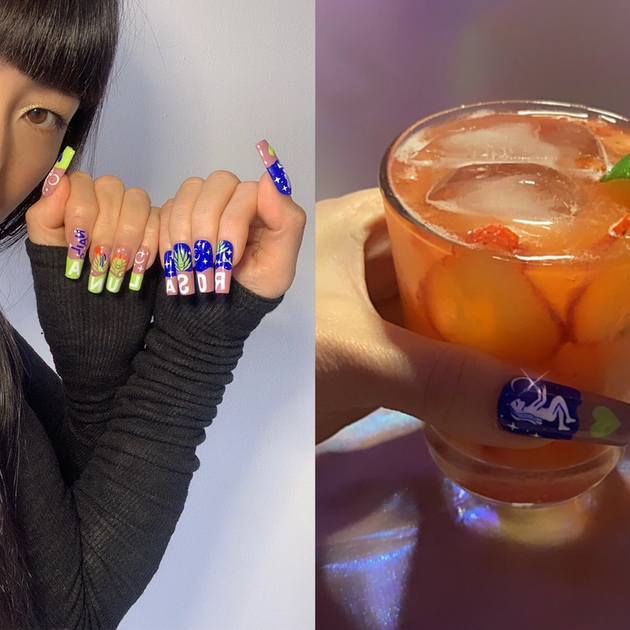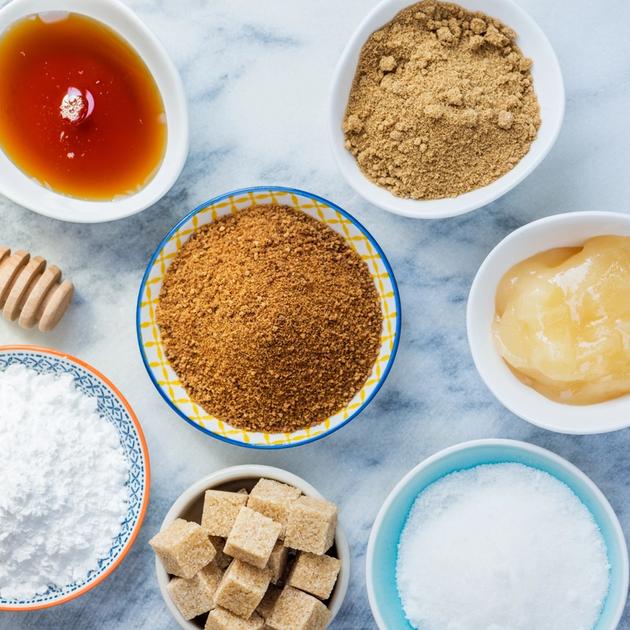Good news: you won't need to wait for a golden ticket inside of a chocolate bar to find out. We’re more than happy (and very proud!) to share the method to our magic.
Consider this your virtual (hello, social distancing) tour of Rosaluna’s very own distillery. It’s literally where the magic happens, so yeah, it’s a pretty big deal.
Maybe you already know that Rosaluna is handmade by a brother and sister duo in the mystical hills of Oaxaca. Perhaps you also know that making Mezcal is a family craft that has been passed down, perfected, and cherished for over six generations. AKA this family has been whipping (stirring?) up Mezcal since 1750… legendary.
The birthplace of Rosaluna? Under a warm, rose moon. Rosaluna comes to you all the way from the town of Santiago Matalán, with the distillery nestled between two towering mountains. It’s a beautiful thing to picture, right? It’s even more beautiful in person.
So, picture this: we’ve just arrived at the Rosaluna distillery in “The World Capital of Mezcal.” The tour is about to begin. Let’s head on in.
So, What’s in My Mezcal?
What goes into a bottle of Mezcal Rosaluna? Only the good stuff. None of the bad stuff. Promise.
Rosaluna is made with just three ingredients: 8-year-old agave, water, and a whole lot of love. There’s beauty in simplicity and Mezcal Rosaluna embodies this perfectly.
Sticking to Tradition
Something unique about Mezcal Rosaluna is that it’s produced using traditional methods, rather than having succumbed to industrial processes. Keeping things traditional has ensured that Rosaluna maintains authentic quality. It takes longer, requires more work, and costs more, but it’s way worth it.
All Mezcals start with agave. We plant baby agaves in our beautiful backyard (the one nestled between two glorious mountains, remember?) and nurture them with water, sun, and love for eight years. Not all Mezcal producers allow the agaves to mature for this long, but we let them take their sweet time. They thank us by giving us sweeter juices later on in the production process.
When the agave is ready for harvest, we carefully remove the leaves (pencas), revealing the heart of the agave (the piña), which contains the most sweetness. The next step is roasting, which is where Mezcal Rosaluna begins to differ from other Mezcals on the market. Here on our farm, we stick to traditional production methods.
The traditional way of roasting agave is using pit ovens. Our pit ovens are nestled in a hole in the ground right beside our beautiful agave field. We start a fire with pinewood logs, cover it with stones, and carefully pile on the agaves. This creates the perfect nursery for the agaves to slow-roast and marinate in all of their smoky goodness. This process takes up to five whole days and gives Rosaluna its distinct notes of cooked agave.
Traditional roasting takes much longer than more modern methods, which utilize elevated stone ovens.
Moving onto the next step, milling the agave, modern techniques would likely use a shredder. Here at the Rosaluna farm, we have our horses (their names are Huracán and Gaviota)pull a tahona mill. This way of milling digs a little deeper into our pockets, but it also does a better job at capturing the essence from the terrior in which the agave is coming from.
(In case you didn’t know... agave carries with it the distinct characteristics of the terroir in which it was grown. In the same way that wine and champagne differ depending on where the grapes were grown, agave brings its unique flavor profile too).
During the next step of fermentation, traditional Mezcals must use maguey fibers (as opposed to using wood, clay, or tree trunks instead). Maguey fibers are key to creating the smoky flavor in Mezcal, so of course, we oblige!
Last but not least, the very final step in our production: the distillation process. You know that the distillation process is where alcohol is concentrated and separated from the water, right? Yeah—we do this part twice. *Mic drop.*
The DD: Double Distillation
Good things come in threes, the first three being agave, water, and love. The next three being DD, DD, and DD. By which we mean double distillation, having a designated driver, and maybe a little bit of dirty dancing…
In our double distillation process, we begin by mixing the fermented agave juice with the already-extracted fibers. In the second distillation, we take the head and heart from the first distillation and distill a second time. This process separates the water from the alcohol and captures the alcohol into the final spirit of Rosaluna.
Our distillation happens in eight horizontal copper pot stills and ensures that the Mezcal comes out extra smooth, with enhanced flavors and the perfect alcohol content.
(Seriously though—if you’re enjoying Rosaluna while on the move, make sure you have a designated driver.)
The First Time Around
The first distillation is known as “ordinario.” This first round separates the water from the alcohol and usually results in a product with approximately 30% ABV (alcohol-by-volume).
If we stopped after round one (which we don’t, but many Mezcal producers do), the final spirit would be weaker in terms of both alcohol content and depth of flavor.
Good thing we keep going.
Make It Twice
The second round of distillation helps to remove any undesirable elements from the final product.
The second round of distilling has an old-time nickname, “cutting heads and tails.” This nickname is inspired by how in ordinario, the tops (heads) and bottoms (tails) of the agave are removed, leaving us with the heart to be distilled a second time.
Once the final distillate is approved by our Mother of the farm, the spirit can officially be deemed finished. It is then bottled and labeled onsite at our Hacienda. (Hacienda is a Spanish term for a large estate or plantation).
Vertical Integration, Who?
Oh yeah! Did you know Rosaluna is 100% vertically integrated?
This means we grow, farm, ferment, and distill our own agave from start to finish. We’re a single-estate operation and couldn’t be more proud.
We’re also happy to share that we keep our (traditional) process sustainable. We rest our agave field for 1-2 years after harvesting to allow the soil to restore itself. We use natural pollination because we believe Mother Nature does it best (duh). We also reuse the fibers and fermented water from our production process and use it as fertilizer for our agave plantations. And last but not least: we don’t use electricity for cultivation or production.
The Magic of Mezcal (Distilleries)
The distillery really is where the magic happens.
Well, we can’t speak for all distilleries, but here at Rosaluna, magic is all around us. Maybe it’s our community spirit, our friends & family dinners, or maybe it’s something a little less tangible. Whatever it is, it’s in the air and all around us.
Rosaluna was created with everyone in mind. She’s made for dancing, dining, and everything in between. A word for the wise: Rosaluna tastes even better with good company. And now that you know exactly where she comes from, maybe you’ll be able to taste the patience, purity, and sustainability too.
From our family to yours, we hope you enjoy it.
Sources:







